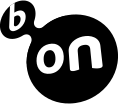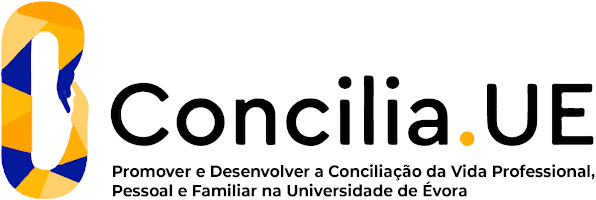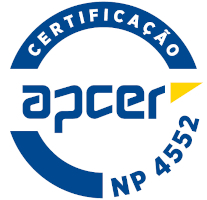2025
French I
Name: French I
Code: LLT13838L
3 ECTS
Duration: 15 weeks/78 hours
Scientific Area:
Linguistics
Teaching languages: Portuguese, French
Languages of tutoring support: Portuguese, French
Regime de Frequência: Presencial
Presentation
The French I unit aims to provide initial language skills applied to service situations in the context of tourism.
Sustainable Development Goals
Learning Goals
CEFR Level: A1
I. Objectives:
Understand and use everyday expressions and very basic phrases; introduce him/herself and others; ask and answer questions about personal details; interact in a simple way.
II. Competences:
A. Oral production: can produce simple mainly isolated phrases about people and places.
B. Written production: can write simple phrases and sentences.
C. Listening comprehension: can follow a very slow and carefully articulated speech.
D. Reading comprehension: can understand very short, simple texts.
E. Spoken interaction: can interact in a simple way; can ask and answer simple questions, initiate and respond to simple statements in areas of immediate need or on very familiar topics.
F. Written interaction: can ask for or pass on personal details.
G. Vocabulary: has a basic vocabulary repertoire of isolated words and phrases..
H. Grammar: shows only limited control of a few simple grammatical structures and sentence patterns in a learnt repertoire.
I. Objectives:
Understand and use everyday expressions and very basic phrases; introduce him/herself and others; ask and answer questions about personal details; interact in a simple way.
II. Competences:
A. Oral production: can produce simple mainly isolated phrases about people and places.
B. Written production: can write simple phrases and sentences.
C. Listening comprehension: can follow a very slow and carefully articulated speech.
D. Reading comprehension: can understand very short, simple texts.
E. Spoken interaction: can interact in a simple way; can ask and answer simple questions, initiate and respond to simple statements in areas of immediate need or on very familiar topics.
F. Written interaction: can ask for or pass on personal details.
G. Vocabulary: has a basic vocabulary repertoire of isolated words and phrases..
H. Grammar: shows only limited control of a few simple grammatical structures and sentence patterns in a learnt repertoire.
Contents
- Express present, past and future actions,
- Affirmative, negative and interrogative sentences,
- The adverbs,
- Express an order/desire.
- Affirmative, negative and interrogative sentences,
- The adverbs,
- Express an order/desire.
Teaching Methods
According to the descriptors established for the level A1 in the CEFR for Languages of the Council of Europe, the methodology adopted will focus on the acquisition and development of oral and written skills (production, reception and interaction), grammar practice and vocabulary enhancement:
(1) direct exposure to authentic use of language (through videos, written texts, Internet, CD-ROM, among others);
(2) direct participation in communicative interaction;
(3) presentations, explanations, exercises/exploitation activities;
(4) translation (native language/foreign language/native language)
(5) individual, pair and group working;
(6) contribution to formal and informal discussions;
(7) guided study;
(8) autodidactically, by self-study.
Students may choose between two modes of assessment: (1) continuous or (2) exam.
(1) Continuous assessment: a. Written quiz (35%); b. Oral quiz (25%); c. Assignments in and at home (40%).
(2) Exam: a. Written exam (60%); b. Oral exam (40%).
(1) direct exposure to authentic use of language (through videos, written texts, Internet, CD-ROM, among others);
(2) direct participation in communicative interaction;
(3) presentations, explanations, exercises/exploitation activities;
(4) translation (native language/foreign language/native language)
(5) individual, pair and group working;
(6) contribution to formal and informal discussions;
(7) guided study;
(8) autodidactically, by self-study.
Students may choose between two modes of assessment: (1) continuous or (2) exam.
(1) Continuous assessment: a. Written quiz (35%); b. Oral quiz (25%); c. Assignments in and at home (40%).
(2) Exam: a. Written exam (60%); b. Oral exam (40%).
Teaching Staff
- Chantal Marie Jodlle Louchet
- Maria Odete Santos Jubilado [responsible]





















